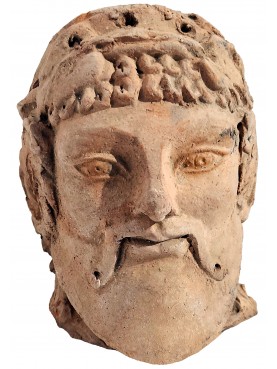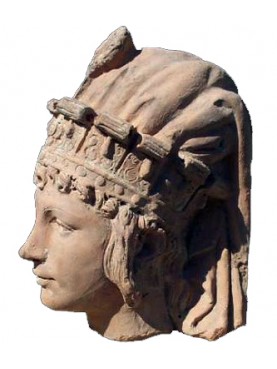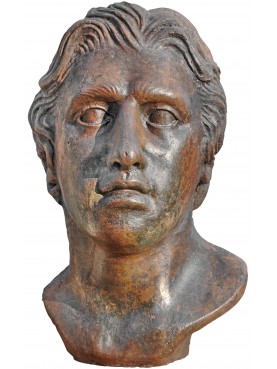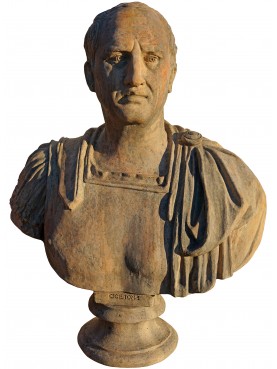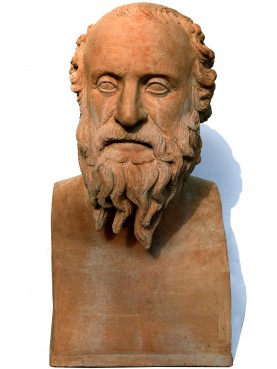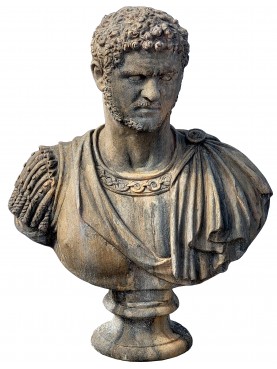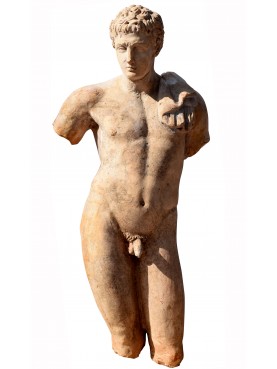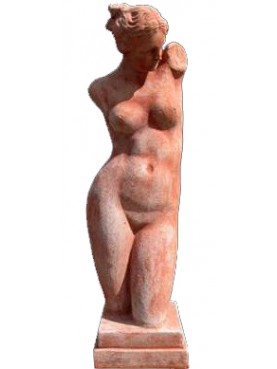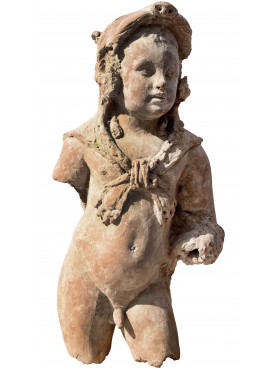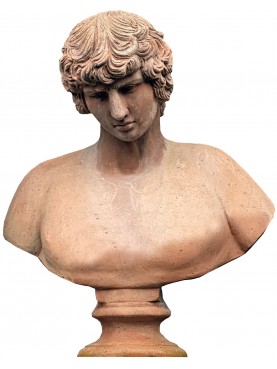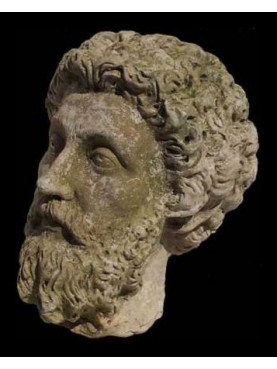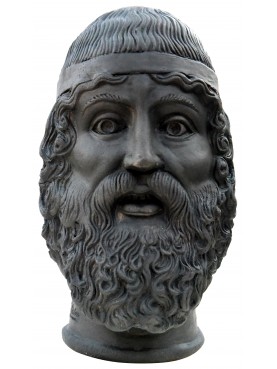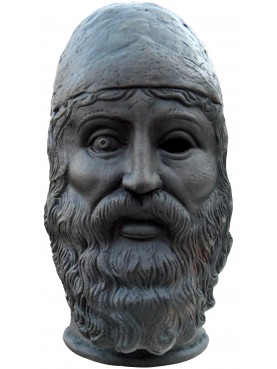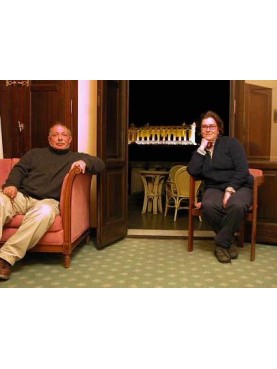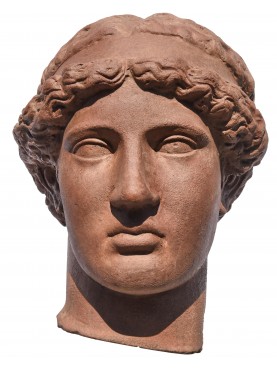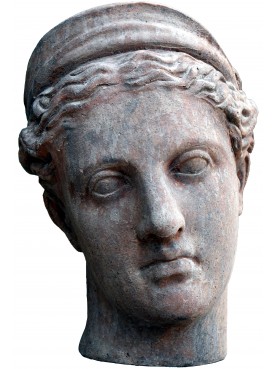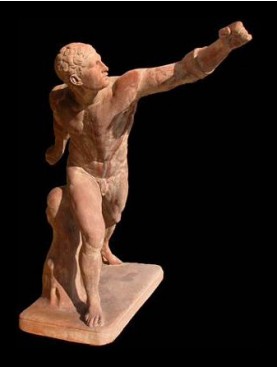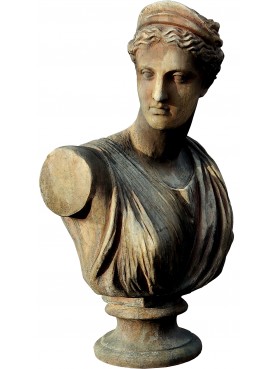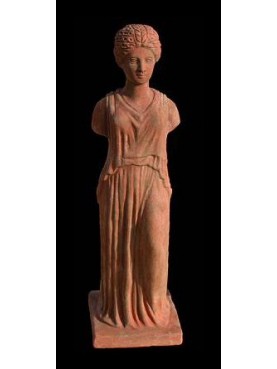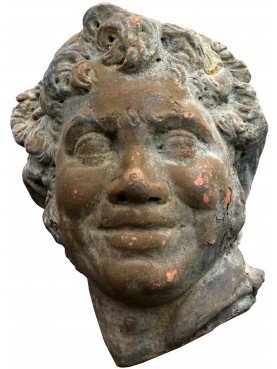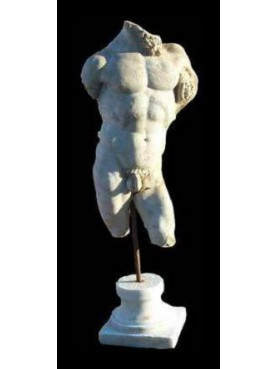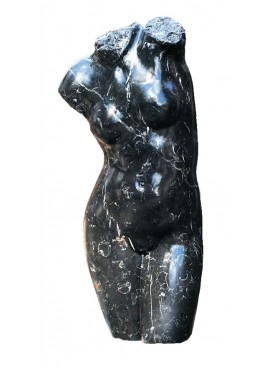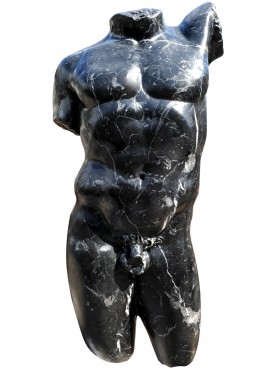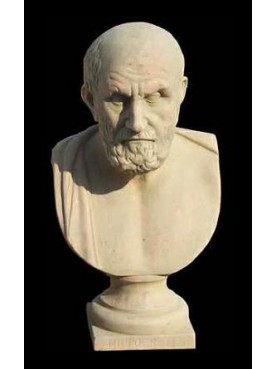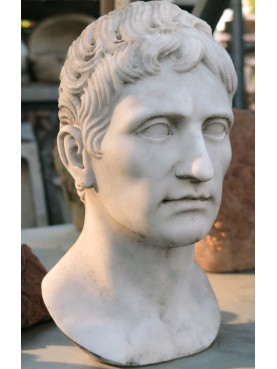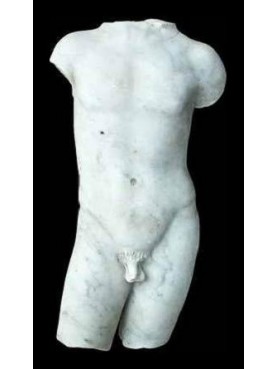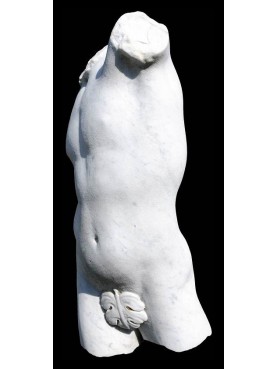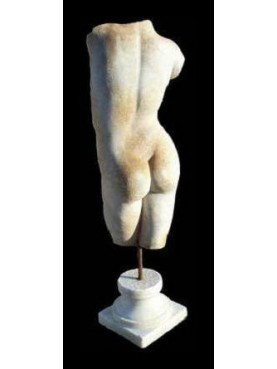Lysimachus, terracotta bust of the Augustean age - our copy
Lysimachus, terracotta bust of the Augustean age - our copy
1948
New
2 Available
Data sheet
| Height | 28.74 in | 73 cm |
| Width | 15.75 in | 40 cm |
| Depth | 9.84 in | 25 cm |
| Weight | 33.07 lbs | 15 Kg |
| Artist / Creator / Architect | Greek II century b.C. | |
| Round base diameter Ø | 8.66 in | 22 cm |
| Manufacturing | Hand made in Italy | |
| Material | Terracotta | |
| Museum where the Original is exhibited | Museo Archeologico Nazionale di Napoli | |
| Museum cataloging number | 6141 | |
| Note 01 | Present in the catalog of the "Manifattura di Signa" Table XCI (91) number 1414 erroneously indicated as Arato Museo Naz. of Naples. | |
| Historical references | Augustean copy (23 BC-AD14) of an original of the 2nd century BC |
More info
Lysimachus (c. 360 BCE – 281 BCE) was a Macedonian officer and diadochus (i.e. "successor") of Alexander the Great, who became a basileus ("King") in 306 BCE, ruling Thrace, Asia Minor and Macedon. One of Lysimachus's great personal friends was known to be Philippides of Kephale. The decree for Philippides makes it evident that he was with the king during the revolution and the king himself often spoke well of Philippides efforts to the Athenian ambassadors. He also convinced the King to render much service after Ipsos, securing the release of the prisoners whom Lysimachus had taken.
The Manifattura di Signa is a historic terracotta pottery workshop. It was created in 1895 by the will of Camillo Bondi. "At the beginning of the twentieth century Signa was still one of the major industrial centers of straw. To that industry, which had made the name of the country known beyond national borders, was added another activity which, from the last five years of the nineteenth century and in a short space of years, would have relaunched its name on European markets. and Americans: the artistic terracotta industry “Manifattura di Signa”, founded in Signa (Florence), in 1895 by Camillo Bondi, in the premises of the "Fornaci di Signa" factory owned by his brother Angelo. At that time, the taste for the fake antique continued to seduce with all its charm, and in ceramics the interest in tradition had pushed the most important Italian manufactures to revisit Renaissance shapes and decorations, reaching with high craftsmanship the ancient virtuosities of the historiated and grotesques. If those productions interpreted the antique with typical nineteenth-century eclecticism, the Manifattura di Signa instead aimed for the perfect similarity of the truth, both through the forms trodden on the original when possible, and by means of patinas simulating those of marbles and bronzes. and even the failures of time, in order to obtain the semblance of the authentic piece, both visually and tactile and, in some bronzes, even sound. With this spirit, reproductions of sculptural and decorative masterpieces of all times will take shape from the Arno mud: from Etruscan to Greek statuary, from Roman to Renaissance, from Moorish vases to contemporary Art Nouveau creations. The success that ensued is testified by numerous exhibition awards such as the medal at the Universal Expo in Paris in 1900, where he exhibited numerous plastic terracotta, suitable for decorating the exteriors, with a particular patination that made it look better and more resistant to agents. atmospheric, soon expanded the number of occupations and the specialization of young artists assisted by the experience of well-known sculptors, called to Signa for new ideas by the Bondi brothers, the brilliant founders and conductors of the Manufacture, coming from a family of Leghorn Jewish high bourgeoisie and close to the intellectual and anti-positivist milieu of the Florentine magazine of “Il Marzocco”. With the new industry an informal school of young workers was thus generated in the Signe who, despite lacking regular education, growing under the experience of sculptors and in contact with the most sublime models of universal classicism, a real concentrate of museums in the world. , they were naturally stimulated and educated to the beauty and proportions of forms, so much so that they became refined craftsmen, plasticizers, sculptors, able to give life to other similar manufactories. "















